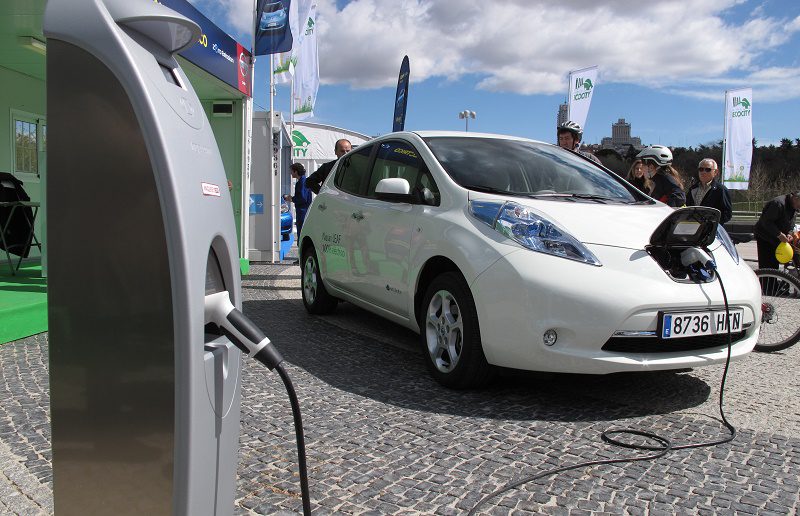Picking the right consumer trend to follow can be as challenging as hitting the lottery. Who knows when a pattern is going to become mainstream? Blockbuster was blindsided by the rise of streaming technology, something that Netflix took full advantage of. The recording industry as a whole knew they needed to make a change once illegal downloading services showed that consumers preferred digital copies of music. Apple answered the call with their innovative iPods and digital downloading service. Both of these developments may have looked as if they came out of nowhere, but all signs were pointing to a new way of consuming entertainment. Faster internet and the rising consumer preferences toward listening or watching on the go revealed that these advances did not happen by accident.
Deadline: 2025
The current trend toward Electric Vehicles (EVs) is no different. Rising concerns about climate change, fuel costs fluctuations, and more affordable service costs have made EVs an even more attractive option for potential car buyers. In the past, automotive professionals have potentially looked at EVs as niche cars. However, projections are showing this is not the case. According to a 2017 study by UBS, a Swiss global finances company, one in six cars sold will be electric by 2025. Ten thousand individuals were surveyed, and the report noted the increasing positive attitudes toward electric vehicles and a decline of interest in diesel-powered automobiles.
The Removal of a Major Barrier to Entry for Consumers
The barrier to entry for many consumers is projected to change in favor of EVs. The high purchase price of these vehicles has deterred car buyers from looking into them as an option, but battery prices —one of the leading expenses for automakers — are projected to fall 50 percent by 2025. This development would further decrease the cost of the vehicle for consumers, a key to why analyst project 2025 to be the year for a significant decrease in EV prices. Current sales numbers show this is not far off as EV sales jumped 37 percent in 2016.
What is the Current EV Climate on Dealer Lots?
Knowing that EVs are expected to continue to rise in popularity, dealers have to begin to train their staff and position their dealership to handle EV sales. According to findings from a New York Times article, some car dealers have experienced reluctance in carrying and selling EVs for various reasons, and a recent study by The Sierra Club revealed some of the difficulties dealers are having. The organization had volunteers visit dealerships around the country, and their findings showed:
- Volunteers were 2 1/2 times more likely to find no EV on a dealership lot in the nine other ZEV states than they were in California.
- Of the visits to dealerships with at least one EV on the lot, volunteers indicated that only about 50 percent of the salespeople they spoke with provided information on how to fuel the EV while traveling.
- 39 percent of all salespeople volunteers spoke with did not discuss charging details with the volunteer (figure does not include dealerships contacted over the phone that shared that no EVs were on the lot).
- Of the visits to dealerships with at least one EV on the lot, volunteers indicated that about 33 percent of the time the salesperson did not discuss the federal and state tax credits and rebates available to lower the cost of an EV.
The Sierra Club found many dealers were not knowledgeable about financial subsidies or fueling and charging details. These are topics dealers will have to become more comfortable in talking about with interested consumers. Dealers who begin to take the time to walk consumers through the differences in EVs will be way ahead of the pack.
A Rare Opportunity for Dealers
There is a lot of room for car dealers to become early adopters of selling EVs, and position themselves to be an authority that consumers can trust when shopping for these vehicles. The year 2025 is only seven years away, and now is the time for innovative dealers to introduce these cars as a viable option, especially with the current gap in knowledge.
This article is the first in a three-part series on how dealers can make the transition to become EV leaders. The next section will address ways dealers can begin to use creative marketing and staff training and development tactics to begin to attract consumers. While the last will detail practical methods dealers can start to use to turn consumer interest into actual sales. Revolutionary companies never gained market share by ignoring trends or becoming a late adopter. Dealers have seven years to begin to show car buyers they are ready to jump into the growing market of EVs.
To read other articles of a three part series on how your dealership can become a Electric Vehicle Leader, click here.








